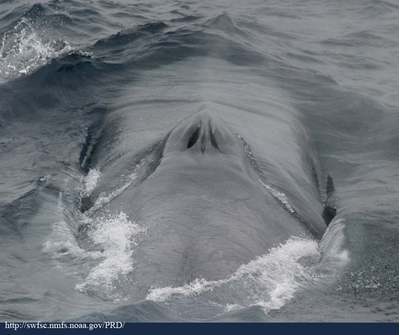An AEI book review of The Place Where You Go to Listen: In Search of an Ecology of Music
by John Luther Adams
Fairbanks-based John Luther Adams is likely the most place-based composer of his generation. His music for orchestra, small ensembles, percussion, and electronics is music of the wild north, not merely from Alaska but seemingly drawn forth from the land, people, animals, and sky. From explicit works like Earth and the Great Weather, with its incantations of native place and animal names, to subtler pieces such as In the White Silence, Adams has created a musical vernacular that is all his own, in service of knowing and expressing the land that seems to absorb him into its own deep rhythms. The New Yorker carried a wonderful extended profile of him last year, and now Wesleyan University Press has released his second book, which invites us into his creative process during the design of a permanent installation at the Museum of the North. In a long, slightly curved room, Adams and his collaborators created a space in which the earth and sky outside “compose” an eternal musical reverie. Drawing on his decades of cultivating a musical voice that utilizes long, slow changes, carefully considered intervals, and percussion, Adams programmed electronics that transform various aspects of the surrounding environment into musical gestures, which together sing a song of this place. In short, widely ranging diary entries, The Place Where You Go to Listen invites us into the two-year process of pondering, and then realizing, this grand expression of his compositional vision.

Click on Cover to view book on Amazon
The installation takes its name from a poem Adams wrote years ago (and which was a core inspiration in my own ode to soundscape art, The Dreams of Gaia). The poem shares the tale of a woman who hears the world in the direct, complete ways that have become distant for too many of us. The composition-cum-programming that fills this space at the Museum of the North with sound and light contains sonic representations of the core expressions of the region’s land- and sky-scape, including:
- The Choirs of Day and Night: Pitch and amplitude of parts of the music respond to the presence and height in the sky of the sun, including deep tones when it is below the horizon. Meanwhile, the moon triggers its own choral textures; of course, at times they share the sky, and the room, and at times they are absent, while the extent of cloud cover also colors these tones.
- Aurora Bells: Magnetometers in five locations across Alaska measure geomagnetic activity; when the magnetic field of the region is active, the listener hears shimmering veils of sound floating across the ceiling. These sounds occur whether or not the aurora are obscured by clouds; as Adams notes, “The Place doesn’t illustrate the visible. It doesn’t amplify the audible. It resonates with the inaudible and invisible.”
- Earth Drums: Seismic data from five other places in Alaska trigger virtual drums in The Place: “During moderate to large earthquakes, low-frequency sounds rumble and boom through the space as different stations receive the seismic vibrations at different times and intensities.” Smaller seismic events, imperceptible to humans, also trigger the Earth Drums in a more transient, localized way; the distance to the mini-quakes, as well as the three-dimensional movement of seismic waves, alter specific aspects of the sounds.
The book draws us into Adam’s world with frank discussions of the challenges inherent in “tuning” scientific data into music, as well as the nuts and bolts of designing and building The Place itself, alongside generous (but never indulgent or rambling) glimpses into his family life, reflections on the political and environmental tenor of our times, and his all-important times in the wild. Taken together, these varied musings add up to a rare and valuable opportunity to enter the mind and heart of an artist as he grapples with both the mundane and the profound. I took my time working through this two-year journey alongside John Luther Adams, and by the end I was surely itching to spend a day (or a season!) listening to The Place. In his Afterward, I enjoyed sharing his delight that visitors “often hear things I haven’t heard before, and they understand The Place in ways I hadn’t understood it myself.” And, even more wonderful, “by now, there are a number of people who have spent more time inside The Place than I have…..Some who work at the museum visit The Place almost every day. Others who work nearby visit once or twice a week. Some people meditate, others write or sketch, or just listen.”
Most importantly, though, his words—and his compositions—do far more than invite us into his world. They also point toward ways that we each might experience more fully the places where we go to listen. And for this we can thank him for his generosity in sharing his own difficult yet rewarding exploration into his work, and our world.








